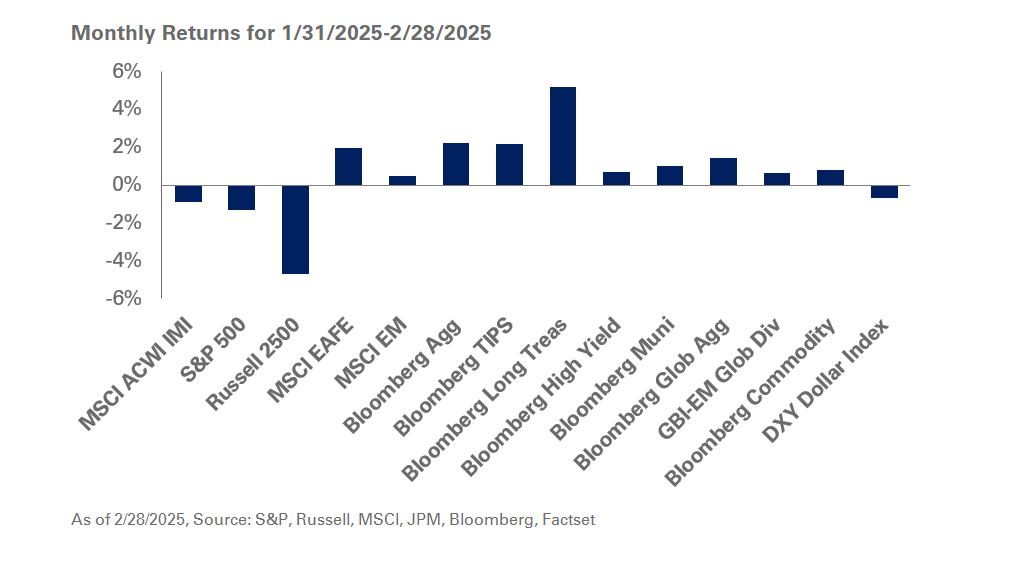Rising Treasury rates, combined with a strong performance by equities, led to higher funded ratios for many U.S. corporate pension plans in the second quarter. Rallying stocks and return-seeking assets significantly improved funded ratios for the three months ended June 30. Gains from equity markets were complemented by decreases in liabilities driven by increasing Treasury yields and modestly widening credit spreads.
Estimated discount rates for pension liabilities, based on long-duration fixed-income yields, rose approximately 22 basis points during the quarter. We estimate the funded status of our total-return plan was up 4.4%, while our LDI-focused plan experienced a funded status increase of 2.1% in the second quarter.
Rate Movement Commentary
Short- and long-term interest rates increased for the three months ended June 30. The 30-year Treasury yield increased 17 basis points in the second quarter to 4.51%. In addition to the increase in yields, there was a six-basis point increase in long-credit spreads. During this period, higher Treasury yields resulted in an increase in pension discount rates, with the discount rate for the open total-return plan rising 22 basis points to 5.50% and the discount rate for the frozen LDI-focused plan increasing 22 basis points to 5.44% as of June 30.
Plan Sponsor Considerations
Global equity markets and US large-cap equities were generally positive in the second quarter. Investment-grade fixed-income markets experienced losses across intermediate- and longer-dated maturities as yields moved higher. Performance for credit-oriented fixed income assets was positive as higher starting yields offset losses from higher Treasury rates and widening credit spreads.
On June 24, 2024, the Department of Labor (DOL) released a report to Congress, a request made under the SECURE 2.0 Act of 2022. This report thoroughly reviewed the efficacy of DOL Interpretive Bulletin 95-1 in the current Pension Risk Transfer Market. The Employee Benefit Security Administration was tasked with determining if changes are necessary to the departments’ guidelines when plan sponsors evaluate and select an annuity provider for defined benefit plans. In the report, the DOL did not propose any changes regarding DOL 95-1 and found that the bulletin’s current factors are still relevant from a prudent fiduciary perspective when a plan sponsor evaluates annuity providers. The report recommends that the Department continue exploring developments in the life insurance industry and in pension risk transfer to determine whether some of the bulletin’s factors need revision or supplementation and whether additional guidance should be developed.
Market Environment and Yield Curve Movement
U.S. equities gained 4.3% in the second quarter. The MSCI EAFE decreased 0.4% during the quarter; the MSCI Emerging Market Index rose 5% during the same period.
Treasury yields increased and the yield curve remained inverted. The 30-year Treasury yield increased 20-basis points for the quarter, resulting in losses of 1.8% for the Bloomberg Long Treasury Index. During the same period, the Bloomberg Long Credit Index decreased 1.7%.



